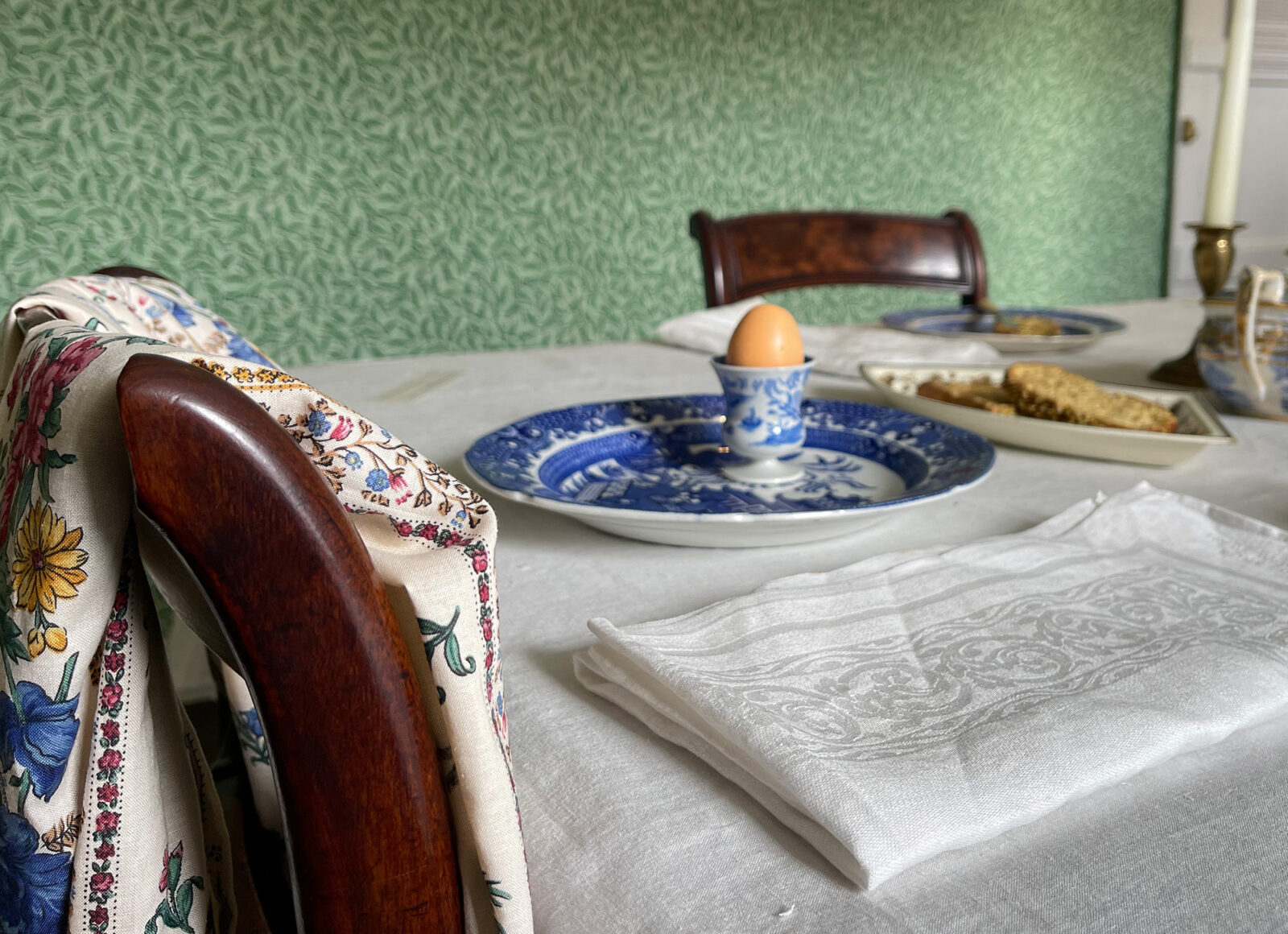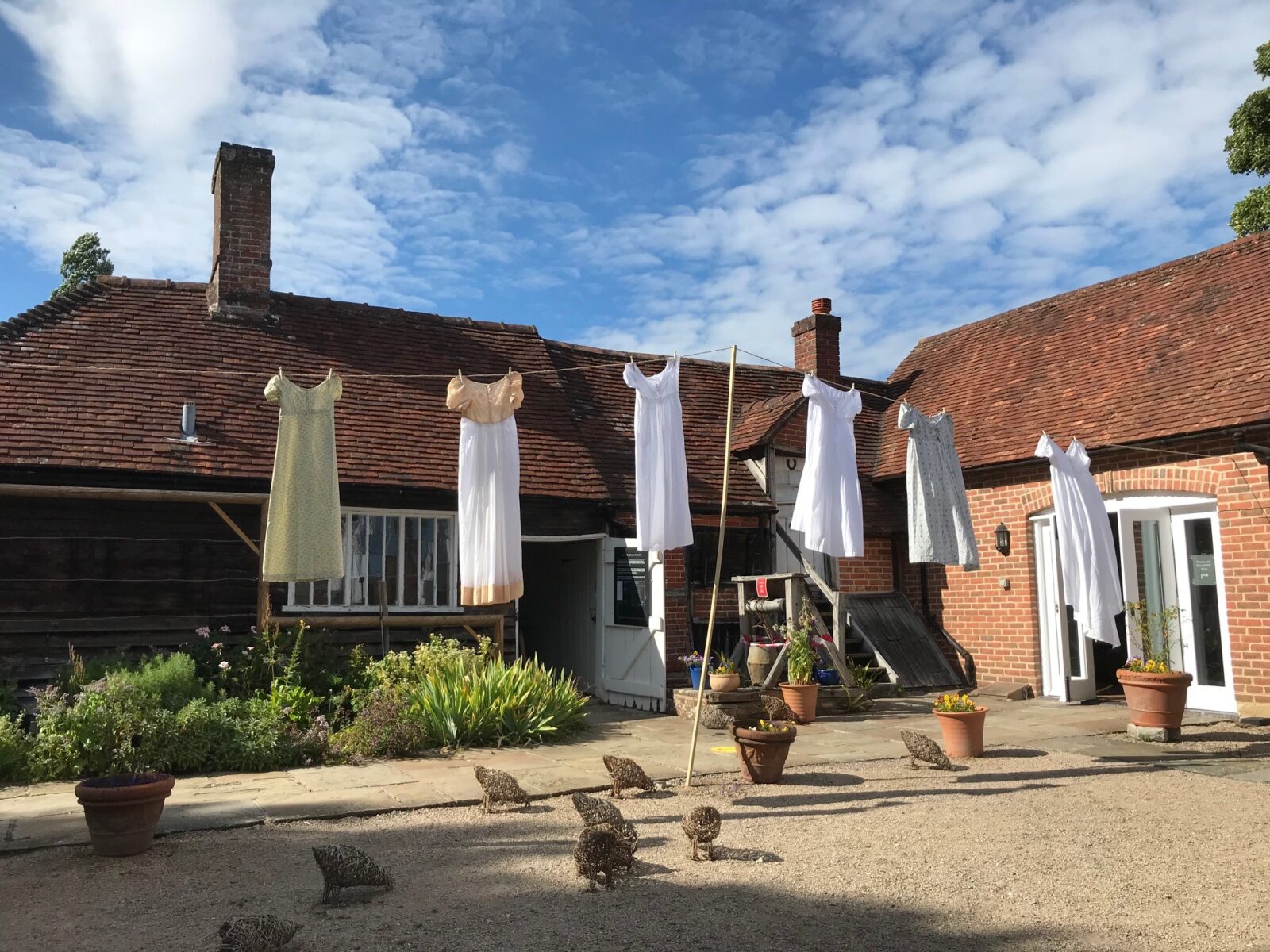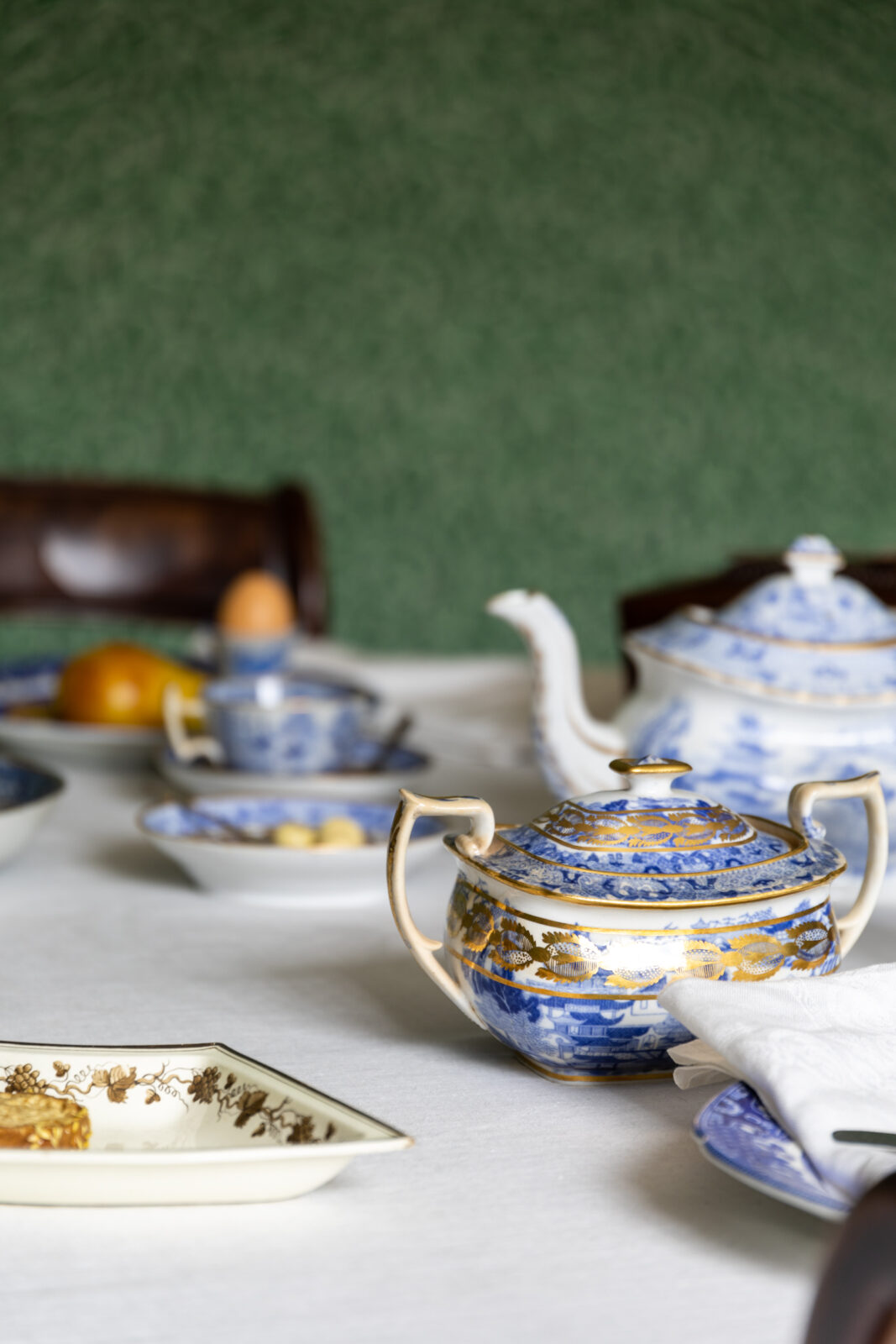“Easter was approaching”: Easter, Eggs, and Jane Austen
As we look forward to the Easter weekend, our Creative Engagement Officer Ellora Sutton explores the sweet treats the Austens would have enjoyed at Easter and what Mr Woodhouse might have thought of a modern chocolate Easter egg...Given that she was the daughter of a clergyman, it’s no great surprise that Easter springs up in several of Jane Austen’s novels. In Pride & Prejudice, Mr Darcy arrives at Rosings in time for Easter, attending the Easter sermon with Elizabeth Bennet, and in Mansfield Park, Fanny Price is told that she won’t be collected from the dark streets of Portsmouth until after Easter, perhaps symbolising her growth and rebirth, her future happiness.
Another symbol of Easter is, of course, the egg. We associate eggs with Easter because eggs symbolise new beginnings, fresh life – in fact, their association with this time of year long predates Christianity, so it’s an idea that Jane would certainly have been familiar with.
But what about eggs in a more literal sense? Here at Jane Austen’s House there was no shortage of eggs. The Austen women kept chickens, so they always had eggs in fresh supply. One of Jane’s young nieces, Elizabeth Knight, writes in a letter to her grandmother in Chawton: “Pray tell grandmama […] How glad I am to hear that she has had such good success with her chickens” (18th-21st October, 1813).
An Austen character who knows how to appreciate a good egg is Emma’s Mr. Woodhouse, who is full of dietary advice on that which is “wholesome” and “unwholesome”. He says:
“Mrs. Bates, let me propose your venturing on one of these eggs. An egg boiled very soft is not unwholesome. Serle understands boiling an egg better than any body. I would not recommend an egg boiled by any body else; but you need not be afraid, they are very small, you see – one of our small eggs will not hurt you.”
But what about a decidedly (and deliciously) unwholesome chocolate egg? Unfortunately, Jane doesn’t live to see the advent of chocolate Easter eggs, which were first sold in the UK in 1873. In fact, chocolate isn’t something Jane would have eaten at all – to Jane Austen, chocolate was a drink enjoyed by the wealthy. In Sanditon, the sickly Arthur Parker declares: “A large dish of rather weak cocoa every evening agrees with me better than anything”. Chocolate was seen as cure-all, for everything from hangovers to lung problems – so maybe Mr. Woodhouse wouldn’t think a chocolate egg would have been “unwholesome” after all.
Jane, meanwhile, would have been more likely to enjoy a hot cross bun as her Easter sweet treat. These lightly spiced fruit buns, adorned with a white cross, date back to at least the 1300s, and are traditionally eaten on Good Friday, although nowadays they tend to be available all year round and come in varying flavours, from cheese to salted caramel. To Jane, though, they would have been a simple yeasted currant bun, spiced with cinnamon, nutmeg, and allspice.
It’s easy to imagine the sweet smell of these freshly-baked delights wafting from the brick oven in Jane Austen’s Bakehouse. We know it’s the sort of thing they would have made, as Jane writes of packing six sweet homemade buns for the two-day journey from Chawton to London in May 1813. She eats half of them on the carriage ride, but saves the remaining three for “an elegant entertainment for Mr & Mrs Tilson who drank tea with us” on her arrival.
Whether you’re enjoying a “not unwholesome” chocolate egg or an “elegant” hot cross bun, we at Jane Austen’s House wish you a very happy Easter!




